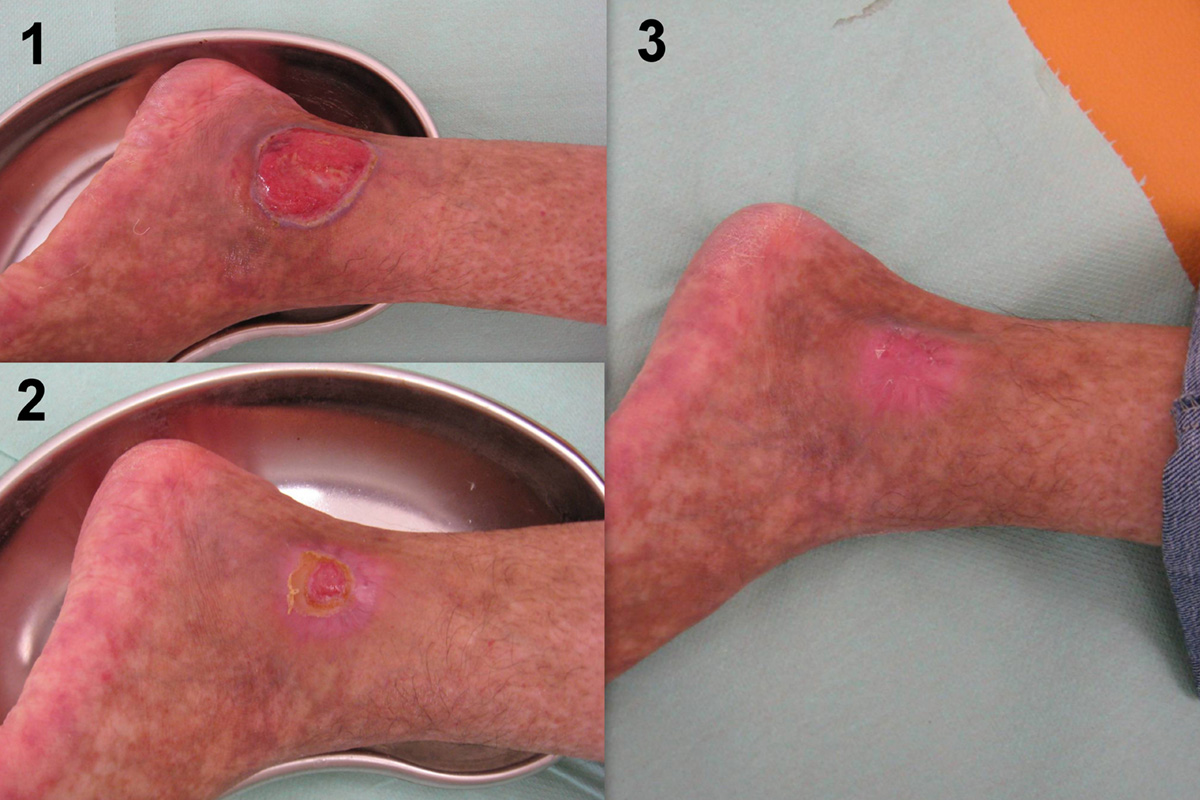
Sjogren's syndrome (Sicca syndrome) is a member of autoimmune diseases. As it is the case with other diseases of this type, the body produces antibodies that attack and destroy its own cells. In case of Sjogren's syndrome autoantibodies attack exocrine glands, predominantly the lacrimal and salivary glands.
The condition affects women more. As a matter of fact 9 out of ten patients are women. People of all ages may be affects. However, it is estimated that the disease tends to occur most in late 40s.
Sjogren's syndrome is reported in approximately 4 million people in the United Sates. It occurs alone or together with other autoimmune diseases such as rheumatoid arthritis, systemic lupus erythematosus, scleroderma etc.
Hallmark Symptom of Sjogren's Syndrome is Generalized Dryness
The main characteristic of Sjogren's syndrome is dryness that is basically generalized. The lack of saliva leads to Xerostomia (dry mouth) while lack of tears is blamed for xerophthalmia. Apart from the mentioned other body parts that are normally moist may become dry as well. For instance, mucous membranes of the nasal cavity and vagina may become dry too.
Furthermore, Sjogren's syndrome may additionally cause damage to the kidneys and blood vessels as well as the lungs, liver or pancreas. Peripheral nervous system and brain may be also attacked by autoantibodies.
Diagnosing Sjogren's Syndrome is Complicated
Scientists have not managed to identify the exact cause of Sjogren's syndrome yet but the majority of them believe that the disorder is actually inherited and has a strong connection with changes in certain genes. Today, scientist are studying the genetic background of patients in order to identify the precise gene involved in the onset of the disease. Sjogren's syndrome may affect several family members which makes diagnosing rather easy. Furthermore, it is commonly reported in families where some family members are already suffering from other autoimmune diseases.
Nevertheless, diagnosing Sjogren's syndrome can sometimes be challenging. Thanks to the presence of symptoms and signs as well as certain tests and exams, diagnosis is eventually confirmed.
First of all, doctor will perform a set of test determining the production of tears and saliva. Schirmer's test measures the amount of tears produced and is performed with a strip of filter paper that is attached to the lower lid and held in the position for 5 minutes. The wetness of the paper is measured with a ruler. This is not a specific test since tear production tends to decrease with age and may also be insufficient if a person is suffering from other conditions apart from Sjogren's syndrome. The amount of produced saliva is measured with nonstimulated whole saliva flow collection. The patient is supposed to collect saliva in his/her mouth and spit into a test tube every 15 minutes.
Another tool used for diagnosing Sjogren's syndrome is ultrasound. It can provide with excellent insight in the salivary glands and their structure. A well experienced radiologist may recognize changes to the gland that are typical for Sjogren's syndrome.
If doctor suspects a patient is suffering from Sjogren's syndrome, he/she may search further and perform blood test to confirm the presence of autoantibodies. Such patients typically have increased level of anti-nuclear antibody (ANA) and rheumatoid factor (RH). Further assessment reveals the presence of more specific antibodies such as SSSA/Ro and SSB/La. The former antibody is found in individuals suffering from different autoimmune diseases while the latter is practically common only for patients with Sjogren's syndrome.
Treatment for Sjogren's Syndrome is Generally Symptomatic and Supportive
Unfortunately, the disorder is incurable and lost function of the affected glands simply cannot be restored. So treatment is basically symptomatic and supportive, allowing patients to cope with sometimes unbearable symptoms and avoid potential complications.
Dry eyes must be properly lubricated all the time. This is achieved with repeated applications of artificial tears. Sometimes, this kind of lubrication is not sufficient enough and patients require goggles which increase local humidity. These individuals may also benefit from insertion of punctual plugs that retain tears of the surface of the eye for a bit longer than normally. Lack of saliva production is dealt with prescribed drugs such as cevimeline and pilocarpine.
Since this is an autoimmune disease, it is clear that the majority of patients will need to be prescribed anti-inflammatory drugs that reduce inflammation and prevent further progression of the disease. For example, non-steroidal anti-inflammatory drugs may be helpful with musculoskeletal symptoms. Inflammation of the lacrimal glands is reduced with Cyclosporine. Generally, patients with more complex disease and severe symptoms need to take corticosteroids or immunosuppressive drugs. In certain cases they require even more aggressive treatment including disease-modifying antirheumatic drugs.
Also, lack of saliva is associated with increased risk of dental caries. This is the reason why such patients must regularly visit their dentist and have their damaged teeth repaired.
Finally, in spite of rather efficient medicamentous treatment most patients eventually undergo insertion of punctual plugs.




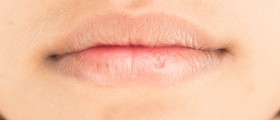
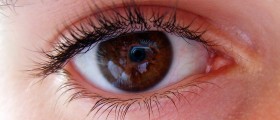

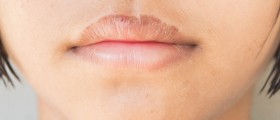


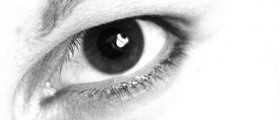



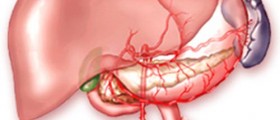
_f_280x120.jpg)

Your thoughts on this
Loading...